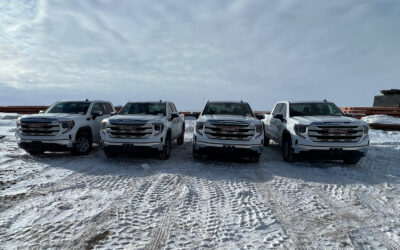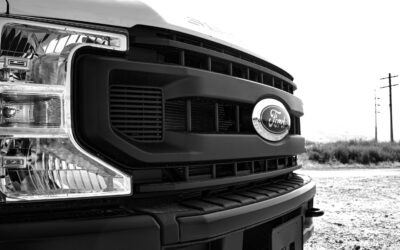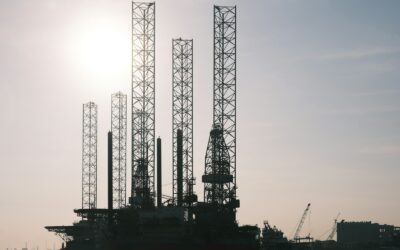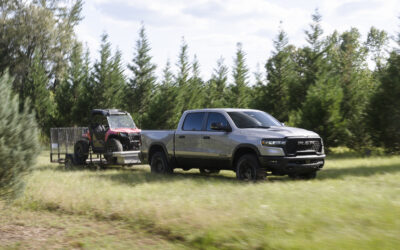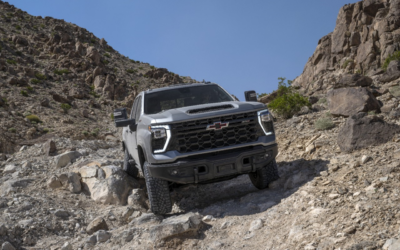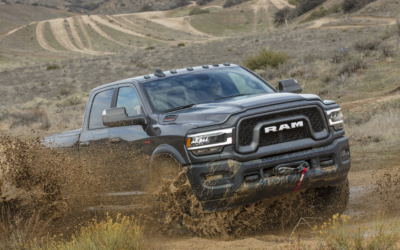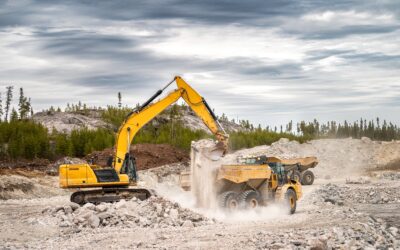Solar Jobs
We’ve all heard and used the phrase “going green” in various ways all to emphasize our own efforts to better our environment. But in using the phrase “going green,” not too many actually know what goes into it– or rather, the industry itself.
As it turns out, the future of the solar industry is indeed very bright. According to the Interstate Renewable Energy Council (IREC) 2020 Job Census, the solar industry employed over 230,000 workers. With numbers like that, you can only imagine just how many solar farms, concentrating solar power plants (CSP), and photovoltaic installations are going up in both residential and commercial sectors.
With such growth in this massive industry, it also means that there is a demand to transport the necessary equipment needed to construct these solar structures. At the basic levels, the equipment needed to construct solar structures include:
- Solar Panels
- Racking Systems
- Ground or Roof Mounts (Ballasted or Flush)
- Inverters
- Central/Micro Inverters
Needless to say, but as you can imagine, the various equipment needed for this type of work isn’t exactly lightweight or small. On average, solar panels are typically around 5 feet long and 3 feet wide. The size can vary depending on the manufacturer as well as if the panels are for commercial or residential purposes and the size of the building or area where the panels will be placed. For example, if solar panels were to be installed on a larger scale or commercial building, those panels would be around 6 feet long.
That’s just the size of the panels– the weight of such massive structures average out to around 40 pounds per panel.
As the solar panels themselves need to be handled with care, the process of transport is extremely important. When solar panels are ordered, they’re typically shipped via the ocean in big containers. They’re either vertically or horizontally stacked on pallets, with each pallet holding anywhere from 25-30 panels. The process of getting these panels from sea to land, of course, will require the assistance of heavy-duty work trucks with payloads and towing capacities and capabilities to transport such equipment safely, without damaging the panels.
One of the safest ways to see this type of transport from start to finish is with heavy-duty work trucks. Not only will this get the equipment there safely but also the workers who are there to work on the project as well, as these trucks have various cab options.
With solar energy growing at a rapid rate, large amounts of equipment are needed to get these ‘solar farms’ up and running. If it’s 2 trucks or 50 trucks, Summit Fleet can provide you rental trucks to help our planet become green.
